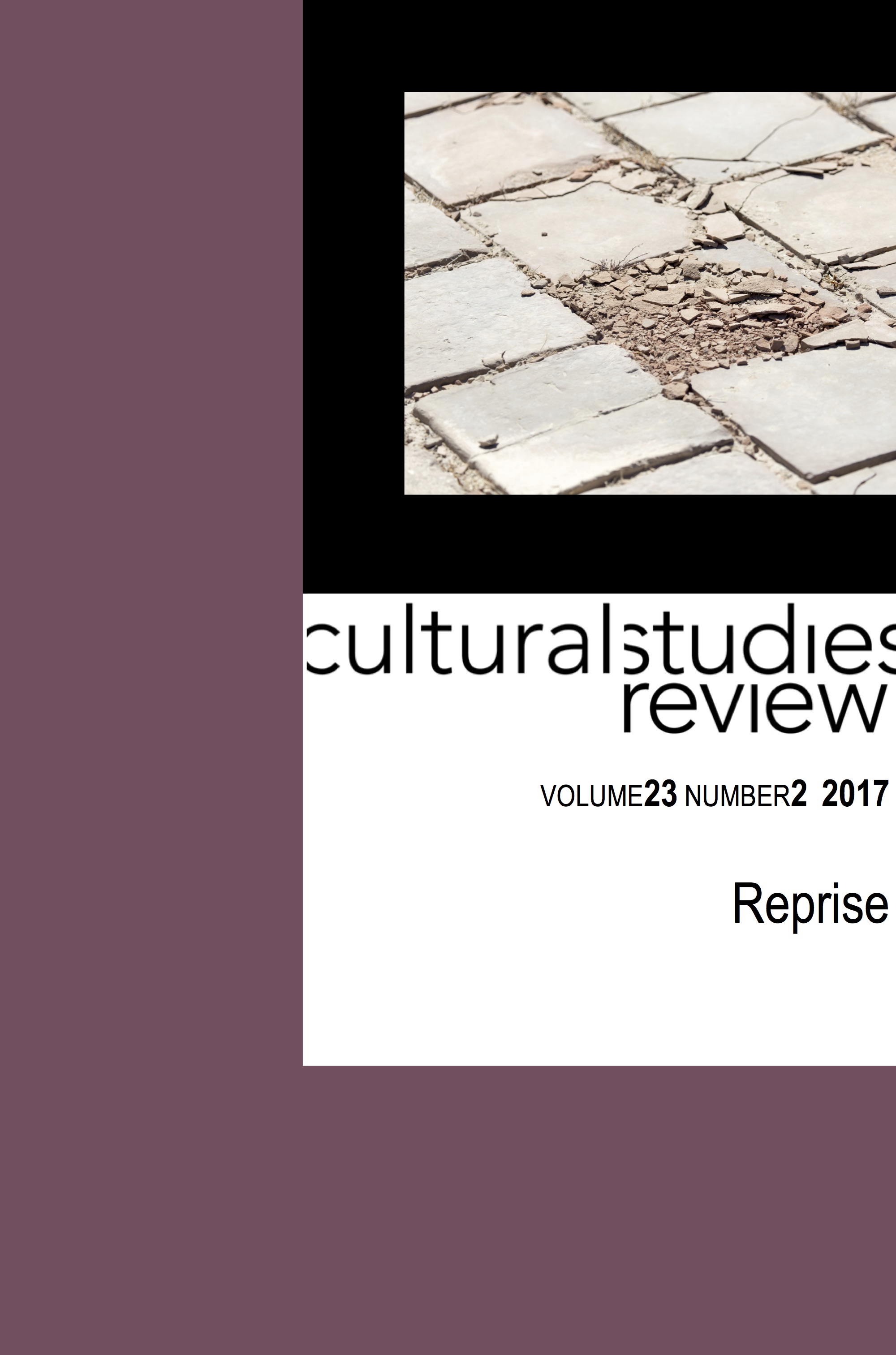Remapping Capricornia: Xavier Herbert’s Cosmopolitan Imagination
Main Article Content
Abstract
Article Details
Section
Authors who publish with this journal agree to the following terms:
a) Authors retain copyright and grant the journal right of first publication with the work simultaneously licensed undera Creative Commons Attribution License that allows others to share and adapt the work with an acknowledgement of the work's authorship and initial publication in this journal.
b) Authors are able to enter into separate, additional contractual arrangements for the non-exclusive distribution of the journal's published version of the work (e.g., post it to an institutional repository or publish it in a book), with an acknowledgement of its initial publication in this journal.
c) Authors are permitted and encouraged to post their work online (e.g., in institutional repositories or on their website) prior to and during the submission process, as it can lead to productive exchanges, as well as earlier and greater citation of published work (See The Open Access Citation Advantage Service). Where authors include such a work in an institutional repository or on their website (ie. a copy of a work which has been published in a UTS ePRESS journal, or a pre-print or post-print version of that work), we request that they include a statement that acknowledges the UTS ePRESS publication including the name of the journal, the volume number and a web-link to the journal item.
d) Authors should be aware that the Creative Commons Attribution (CC-BY) License permits readers to share (copy and redistribute the work in any medium or format) and adapt (remix, transform, and build upon the work) for any purpose, even commercially, provided they also give appropriate credit to the work, provide a link to the license, and indicate if changes were made. They may do these things in any reasonable manner, but not in any way that suggests you or your publisher endorses their use.
References
De Groen, F. and L. Hergenhan (eds), Xavier Herbert: Letters, University of Queensland Press, Brisbane, 2002.
Derrida, J., On Cosmopolitanism and Forgiveness, trans. M. Dooley and M. Hughes, Routledge, New York and London, 2001.
Dixon, R. and V. Kelly (ed.), Impact of the Modern: Vernacular Modernities in Australia 1870–1960, Sydney University Press, Sydney, 2008.
Ellis, M., ‘Exercising Dominion: Landscape, Civilisation and Racial Politics in Capricornia’, Revista Ilha do Desterro: A Journal of English Language, Literatures in English and Cultural Studies, vol. 69, no. 2: 2016, pp. 43–55.
Friedman, S.S., ‘Planetarity: Musing Modernist Studies’, Modernism/ Modernity, vol. 17, no. 3: 2010, pp. 471–99.https://doi.org/10.1353/mod.2010.0003.
Griffiths, M., ‘Biopolitical Correspondences: Settler Nationalism, Thanatopolitics, and the Perils of Hybridity’, Australian Literary Studies, vol. 26, no. 2: 2011, pp. 20–42.https://doi.org/10.20314/als.faeabec9e4.
Henderson, I., ‘Modernism, Antipodernism, and Australian Aboriginality’, in Decolonizing the Landscape: Indigenous Cultures in Australia, ed. B. Neumeier and K. Schaffer,Rodopi, Amsterdam and New York, 2014, pp.89–106.
Herbert, X., Capricornia, Angus and Robertson, Sydney, 2002 [1938].
Heseltine, H., Xavier Herbert, Oxford University Press, Melbourne, 1973.
Howitt, R., ‘Frontiers, Borders, Edges: Liminal Challenges to the Hegemony of Exclusion, Australian Geographical Studies, vol. 39, no. 2: 2001, pp. 233–45.https://doi.org/10.1111/1467-8470.00142.
Lawson, E., ‘“Oh Don’t you Remember Black Alice?” or How Many Mothers had Norman Shillingsworth?’, Westerly, vol. 33, no. 3, 1987, pp. 29–44.
Mao, D and R.L.Walkowitz, ‘The New Modernist Studies’, PMLA, vol. 123, no. 3: 2008, pp. 737–48. https://doi.org/10.1632/pmla.2008.123.3.737.
MacKnight, C., The Voyage to Marge: Macassan Trepangers in Northern Australia, Melbourne University Press, Melbourne, 1976.
Monahan, S., ‘Xavier Herbert’s Capricornia: In Praise of the Swagman Spirit’, Westerly, no. 4, December, 1985, pp. 15–24.
Munro, C., Wild Man of Letters: The Story of P.R. Stephensen, Melbourne University Press, Melbourne, 1984.
Perera, S., Australia and the Insular Imagination, Palgrave Macmillan,New York, 2009. https://doi.org/10.1057/9780230103122.
Probyn-Rapsey, F., ‘Some Whites Are Whiter than Others: The Whitefella Skin Politics of Xavier Herbert and Cecil Cook’, in ‘Spectres, Screens, Shadows, Mirrors’, special issue of Journal of the Association for the Study of Australian Literature, 2007, pp. 157–73.
Ryan, S., The Cartographic Eye: How Explorers Saw Australia, Cambridge University Press, Cambridge, New York and Melbourne, 1996.
Smith, E., ‘Local Moderns: The Jindyworobak Movement and Australian Modernism’, Australian Literary Studies, vol. 27, no. 1: 2012, pp. 1–17. https://doi.org/10.20314/als.927d4ae36b.
Smith, E., ‘White Aborigines: Xavier Herbert, P.R. Stephensen and the Publicist’, Interventions: International Journal of Postcolonial Studies, vol. 16, no. 1: 2014, pp. 97–116. https://doi.org/10.1080/1369801x.2013.776241.
Stephensen, P.R., The Foundations of Culture in Australia, Allen and Unwin, Sydney, 1986 [1936].
Walkowitz, R.L., Cosmopolitan Style: Modernism Beyond the Nation, Columbia University Press, New York, 2006.
Williams, R., The Politics of Modernism: Against the New Conformists, Verso, London and New York, 1989.
Woloch, A., The One vs. the Many: Minor Characters and the Space of the Protagonist in the Novel, Princeton University Press, Princeton, 2009. https://doi.org/10.1515/9781400825752.
